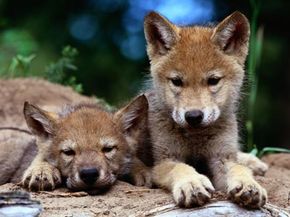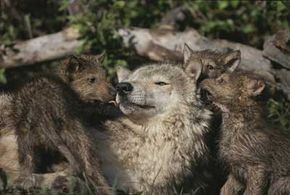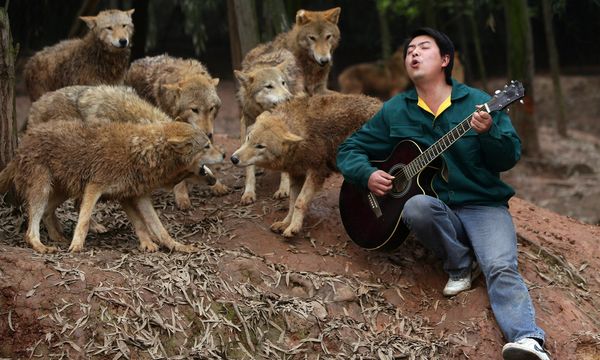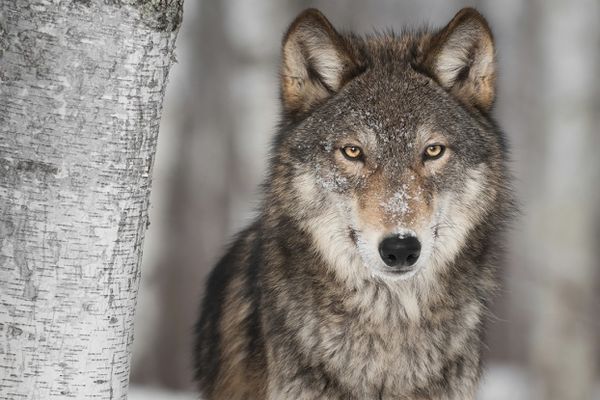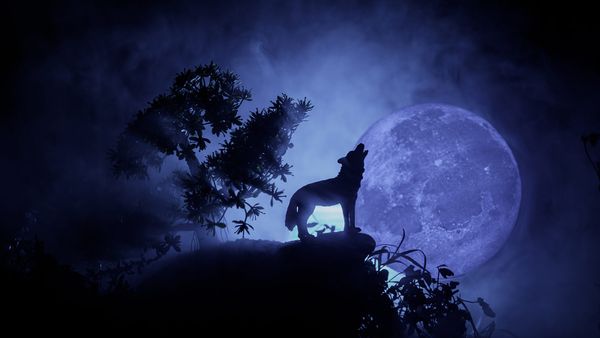Before many American children know how to tie their shoes, they learn one thing: Wolves are scary. On account of the Brothers Grimm and "Little Red Riding Hood," wolves bear a terrible public image that they have yet to recover from. While we can thank the wild lobos for our precious pooches, we sure don't show them much love.
As people settled the West, giving way to farms and ranches, the tide turned against wolves. Feared because of their impressive fangs and penchant for snacking on livestock, more than 100,000 gray wolves were killed in Montana between 1883 and 1942 [source: Wilkinson]. Even in the 1970s, federal wildlife management still used poisons in the wild to kill off any stragglers [source: Bangs]. Only in the upper reaches of Minnesota and Alaska have wolf populations survived.
Advertisement
While cattle and sheep farms benefited from fewer wolves, the lower wolf population sent a negative ripple effect within these predators' former ecosystems. Since gray wolves, also called timber wolves, are near the top of their food chain, they weed out the weaker game, allowing the stronger prey to survive and reproduce. In Yellowstone National Park, the wolves kept the number of elk in check, for instance. After people decimated the wolf population, the park's environment went through cycles of overgrazing because of the spike in elk and an increase in the number of old, sick ones [source: Wilkinson]. On top of that, smaller game, such as foxes and wolverines and eagles suffered because they eat the food scraps that wolves leave behind [source: Ewers].
How did this wolf controversy pan out, and has wolf mistrust ever been resolved? Find out how and why wolves are making a comeback on the next page.
Advertisement
